- Gestalt theory: "The whole is different from the sums of its parts." Cognitive illustions. See principles-of-perception.
Figure / Ground: Our perceptual tendency to separate whole figures from their backgrounds. The figure/ground principle is based upon the relationship between an object and the surrounding space.
Figure/ground is also referred to as positive and negative space, the positive being the object and the negative referring to the space around it.
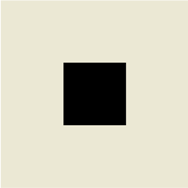
Figure/ground: stable
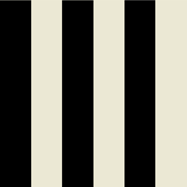
Figure/ground: reversible (your perception can shift easily between the foreground and background)
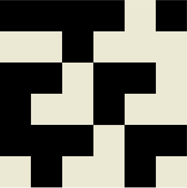
Figure / ground: ambiguous (your perception doesn't shift as fast between the figure and background
.Can be interpreted according to the viewer's point of view)

(figure/ground: ambiguous)

(figure/ground : reversible)
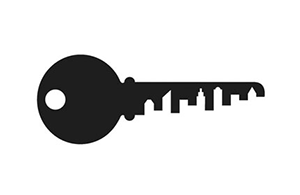
(figure/ground : reversible)
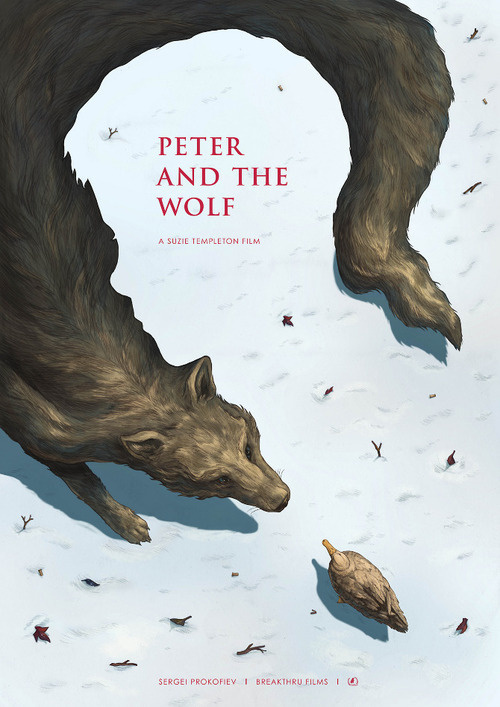
(figure/ground : reversible)
Similarity: The brain organizing similar elements into patterns.
Similarity can be achieved in many different ways, including size, color and shape.
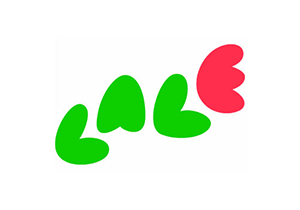
- (similarity)
-
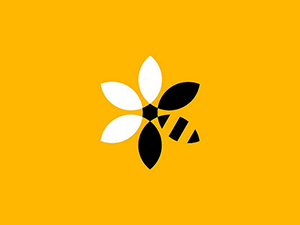
- Proximity: The brain organizes information into groups depending on how close or far visual objects are to each other.

- (proximity)
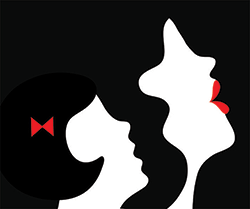
(similarity)
Continuity: The brain will carry on any patterns. Continuation occurs when the viewer’s eye moves through an object into another. Once the eye begins to follow something, it will continue traveling in that direction until it encounters another object.
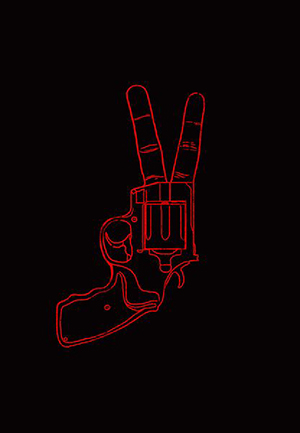 (continuity)
(continuity)
Closure: Closure is related to continuity in that it asks the eye to complete a path. As long as enough essential information is present, the mind supplies the missing pieces of an object.
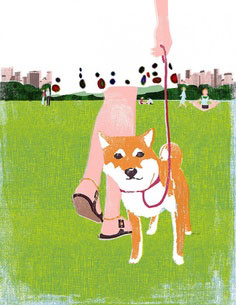
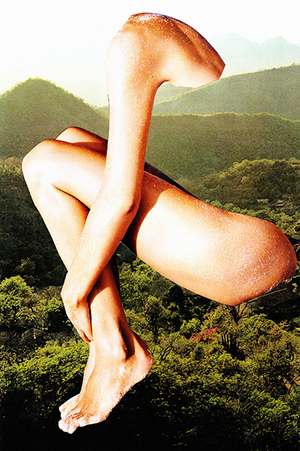

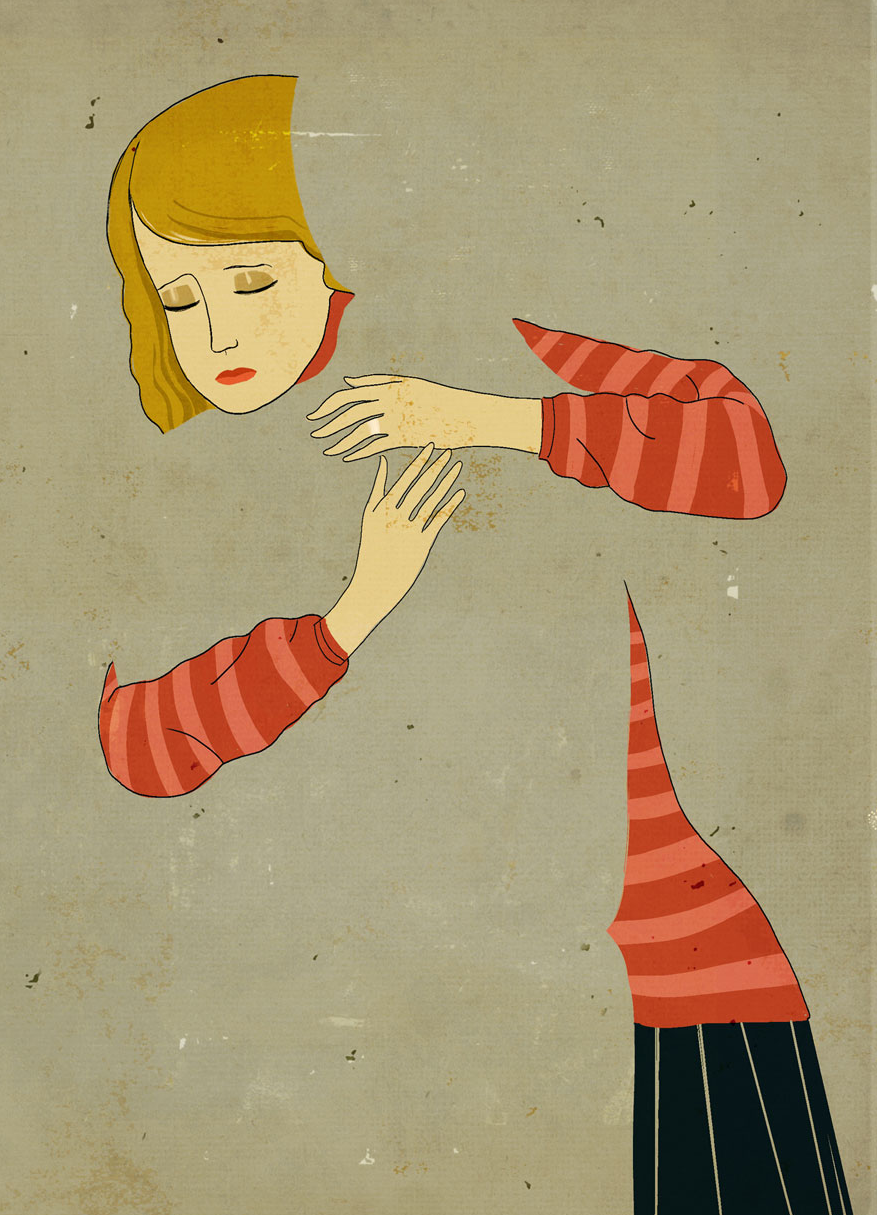
(closure)